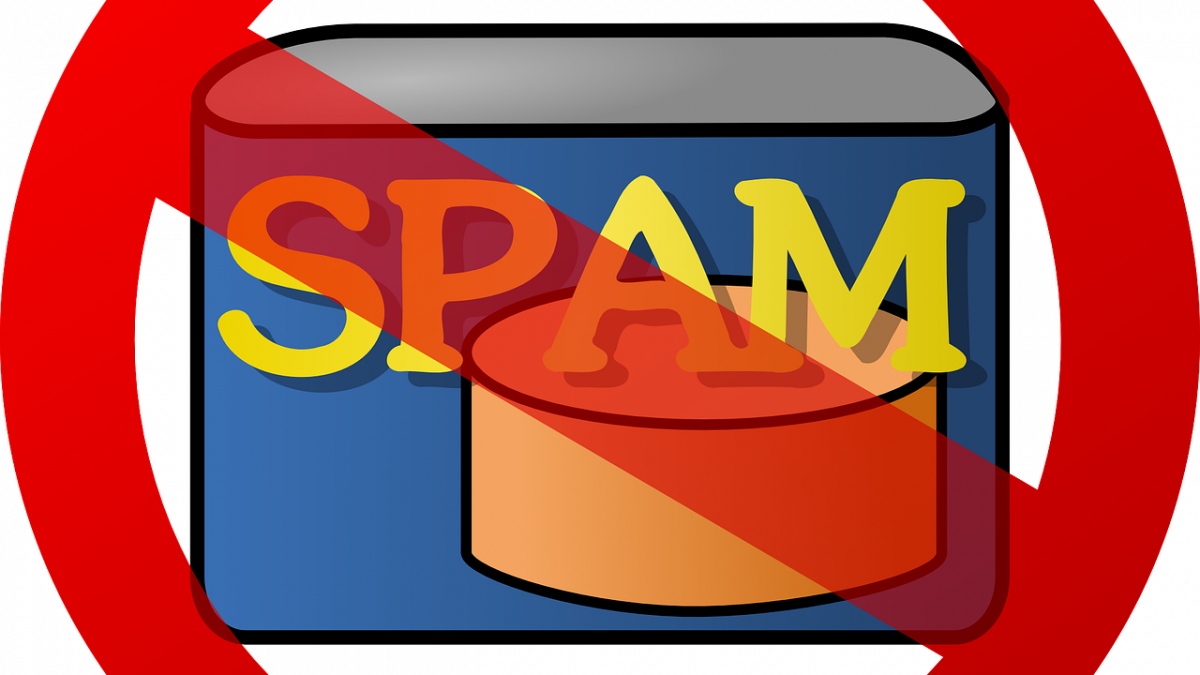Email Deliverability for Mailgun: 10 Tips for Avoiding the Spam Box

When businesses generate leads, they fear the spam box, and for a good reason. Spam is technically unsolicited email that is sent en masse, without the recipient’s consent. They are often used for advertising or even malicious malware purposes. Spammers are Internet users who send these messages en masse. Sometimes they even engage in phishing to steal information from unwitting users.
You are a reputable business that only does marketing to clients that specifically sign up for mailing lists. When you send emails to clients, you are notifying them of upcoming events, or about updates to your business. At Mailem, we know have specialized tools and strategies to avoid triggering spam filters.
Here are ten tips to make sure that email recipients see you as legitimate and not as a spammer:
1. Identify Yourself Clearly In The Email Address And Name Affixed To The Email.
A spam filter may mistakenly identify your business as a bot trolling for dollars. Make sure you put a proper first name and a formal email address. Show your recipients that a person and a face represents your business. You are the best person for that job.
2. Check Your Email Address To Make Sure It’s Not Blacklisted.
You should check using online tools. Even if a user clicks on the spam button by accident after reading your email, that accident can be a costly mistake in the long run. You may need a change of address in the case of high blacklisting rates.
3. Test Your Emails Before Sending Them.
You should do this anyway, to make sure that the text is clean and presentable. Send the emails to yourself, and see how they look, and if they send. You can prevent fixable errors with a simple test drive. Mailem has a “spam test” feature that will let you make sure your emails deliver and function.
4. Do Not Buy Email Lists.
Just don’t. For one, it’s an ethical violation that goes against the conditions and terms you sign with your ISP, and a breach of trust. For another, email lists may have outdated or falsely manufactured emails, that can violate your mail’s integrity. ISPs will track and identify these addresses.
5. Identify Broken Or Inactive Emails On Your Lists
That “delivery status failure” can trigger spam filters, and ISPs track them to see if you are a reliable sender or not. Find out which ones are and aren’t working and remove them from your list.
6. Have Your Subscribers “Opt-in” Twice For Confirmation.
Many ad services in the United States go with “opt out,” which users find annoying. Also, remind them to add you to their email’s “safe contacts” list. Having an opt-in for users means that they not only sign up for the information but can also confirm with their preferred email address that they do want the information you provide.
7. Provide An Accessible “Unsubscribe” Option
You want to foster trust in your email audience. That means you have to let them go when the time is right and provide them the option. Giving your readers the choice to unsubscribe makes them more likely to stay.
8. Know Anti-Spam Laws and Tech Updates
As of 2019, the CAN-SPAM Act is not a friend to commercial email. Your business needs to follow the guidelines to avoid costly fines because it covers a good amount of ground. Always keep up to date to know if federal or local laws change and if new filters also harm your email output.
9. Add No Attachments Or Video Embeds If Possible.
People do not like email attachments; usually, they are a code for “phishing” or “virus”. You cannot blame users for being paranoid since strange attachments tend to lead to infected computers or stolen confidentiality. To avoid users automatically marking you as spam, or filters doing the same, don’t attach anything. The same goes for videos.
10. Implement Neutral Colored Fonts And Backgrounds
Emails are messages meant to convey information. Black is a decent font color, as is a white background. If you want to go differently, make sure that your palette stays neutral and goes for gentle, consistent colors and fonts. Spam filters will notice if your colors and fonts are inconsistent and if they blare information.
Mailem has even more strategies to ensure that your mail will avoid the spam box. Contact us today.

